
40+ Best Pickleball Team Names In 2024
Looking for the best pickleball team names in 2024? Click here to get our ultimate list of 40+ fun and exciting pickleball team names!
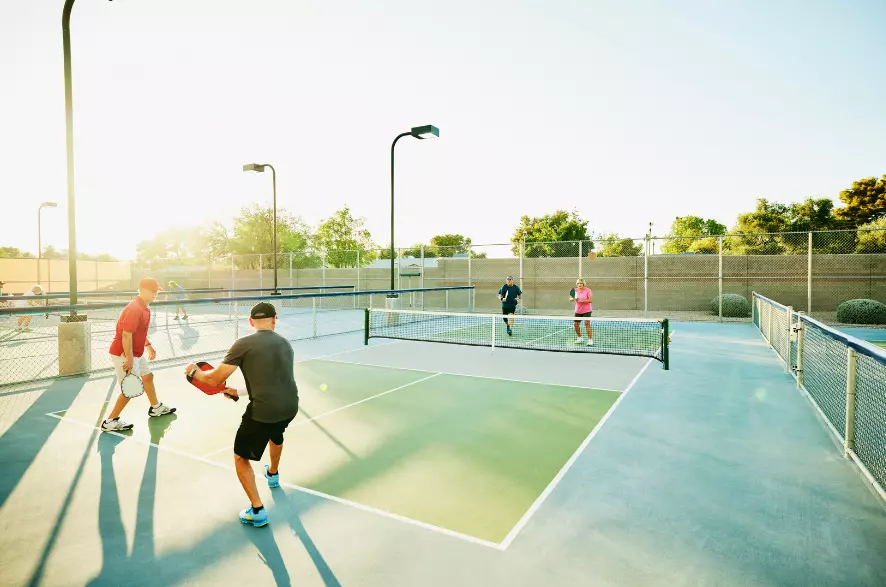
Over the past few years, Pickleball has exploded in popularity as the fastest growing sport in the United States. Not only is it a fun and exciting game, but it’s also super easy to learn and doesn’t require much equipment.
So whether your a complete beginner looking to get into pickleball, or just want to fine-tune your understanding of how to play pickleball and the rules surrounding it, we’ve got you covered.
In this blog, we’ll give you a step-by-step guide on how to play pickleball and the key rules you’ll want to be aware of in the world of pickleball.
Let’s dive in!
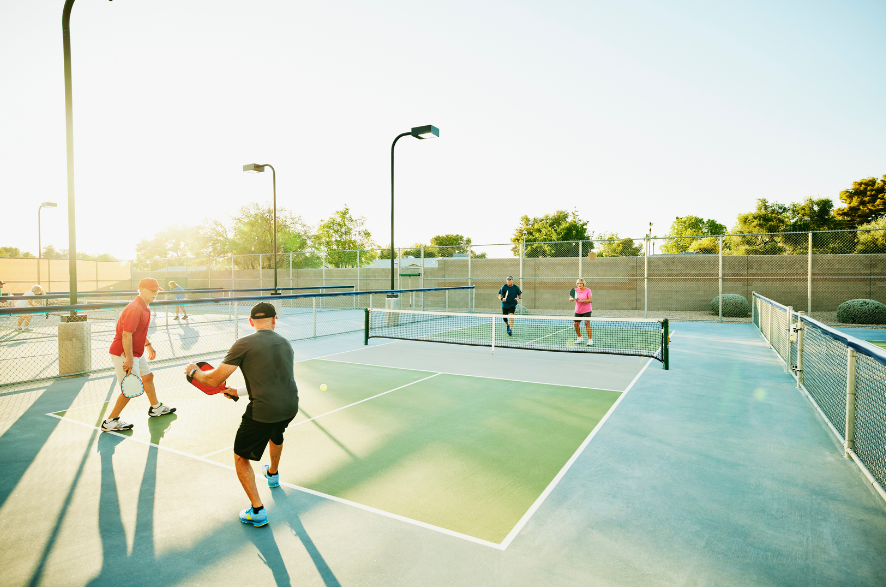
Pickleball is played either in singles or doubles on a court that resembles a tennis court, but about ⅓ the size.
Players hit a plastic ball, similar to a wiffle-ball, over a net that measures 36 inches high at the sidelines and 34 inches high at the center, until one side is unable to return the ball or commits a fault. A fault is any violation of the rules that stops the play of the game, such as a serve not landing within the receiving court or the ball is hit out of bounds.
Main Shots
Like tennis, there are three main shots in Pickleball.
Serve: Performed underhand and cross-court from the baseline. Serves must fall within the court and land past the kitchen in order to be valid.
Groundstrokes: Hitting the ball off the bounce. Groundstrokes are usually done farther from the net or at the baseline.
Volley: Hitting the ball out of the air. Volleys are usually done closer to the net, but sometimes can be useful to perform mid-court.
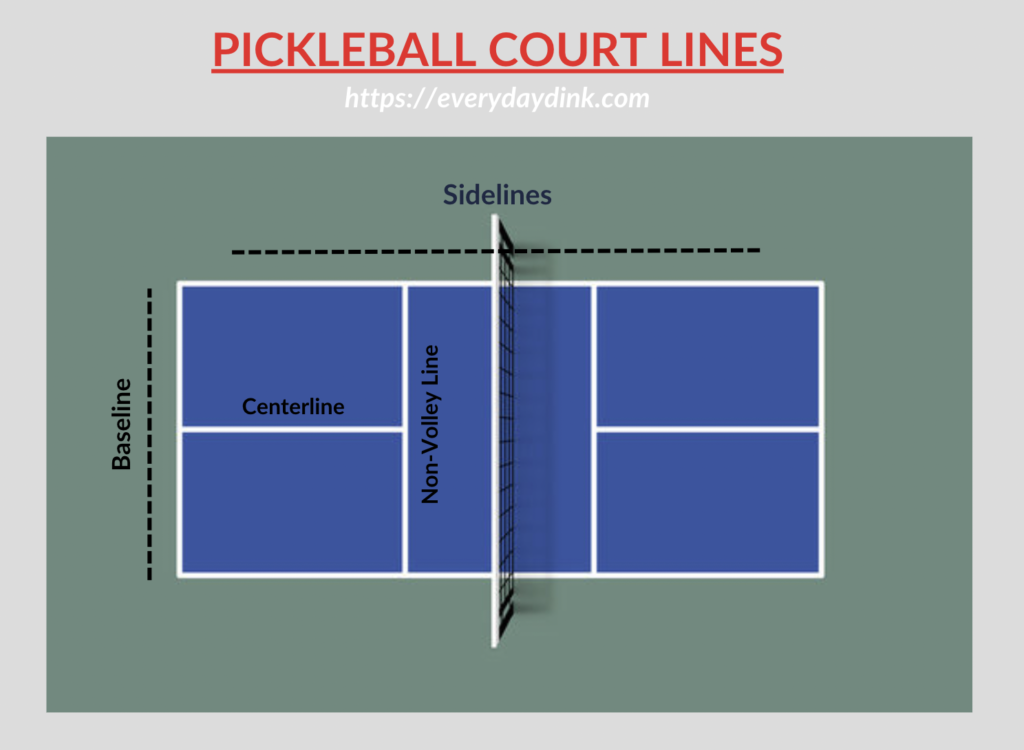
Similar to other racket sports, Pickleball courts consist of multiple lines that help specify the boundaries and playing fields.
Baseline: The baseline is the line at the very back of the court which falls parallel to the court. Serves must be performed behind the baseline in pickleball.
Sidelines: Sidelines fall perpendicular to the net. They form the side boundaries on both sides of the court.
Centerline: The centerline is located directly in the middle of the court, and splits the backside of the pickleball court in half.
Non-Volley Lines: The non-volley lines, otherwise known as the kitchen lines, are located 7 feet from the net on either side.
Pickleball’s rapid growth is partly due to the sports’ ease of access and relatively cheap equipment compared to other racket sports.
In order to play a game of pickleball, you’ll mainly need to make sure you have:
Additional pickleball accessories such as court shoes, bags, and hats, can also be useful, but they are not absolutely necessary when you’re just starting out.
Now that we understand the basics of how to play pickleball, let’s look at some of the key rules associated with the sport.
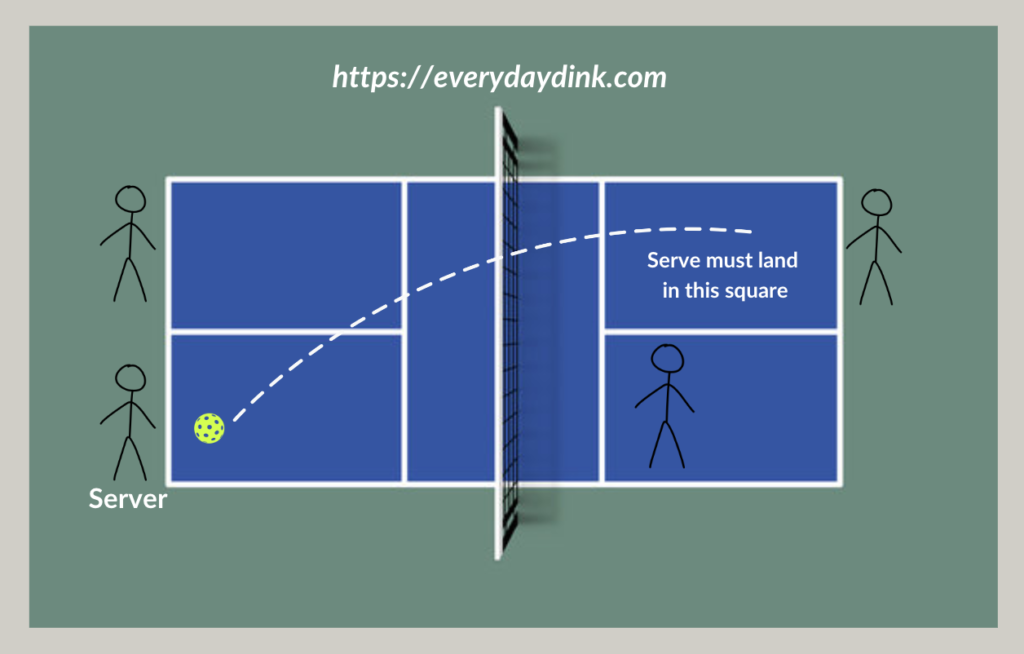
Unlike tennis where serves are performed overhand, pickleball serves must be done underhand so that contact with the ball falls below waist level. In addition, for a serve to be considered “in”, it must land cross-court (diagonal) and past the 7-foot non volley zone located on either side of the net, known as the kitchen.
The underhand serve rule of pickleball makes it relatively easy for beginners to pick up as compared to overhand serves, which require more technical skill when first starting out.
For a beginner’s guide on how to serve, check out Kyle’s video here!
One of the biggest differences between pickleball scoring and other racket sports is that only the serving team can score a point.
If the serving team wins a rally, they are awarded a point and continue serving as long as the receiving team fails to return the ball properly.
If the opposing team wins the rally (in singles) or wins rallies against both servers (in doubles), they take control of the serve and can score points with successful serves.
This rule might sound obvious, but a ball touching any part of the line is considered in. Any ball that does not touch the line and lands outside the zone is considered out. A general rule is that players should only call a pickleball “out” when they see a clear gap between the ball and the line.
For both the serving and opposing team, points are ended by committing a fault. A fault is any violation of the rules of pickleball such as:
For the most part, these faults will be similar to ones you’d find in other racket sports like badminton and tennis.
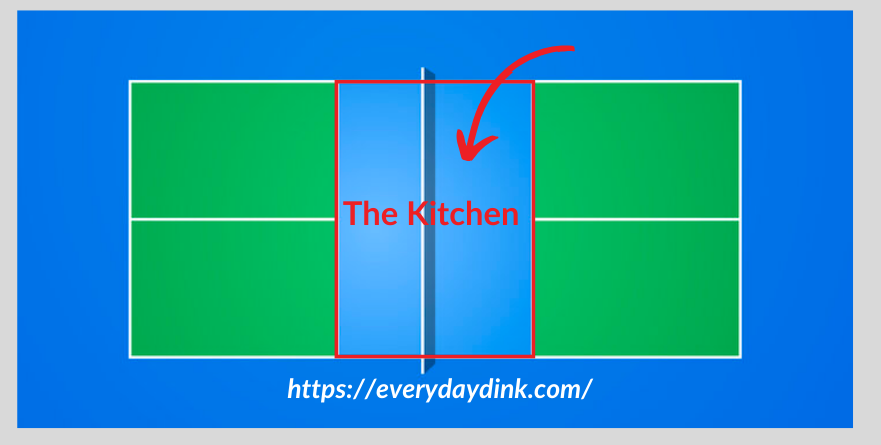
Pickleball has a distinct rule where you cannot volley within a 7-foot non volley zone located on either side of the net, known as the kitchen. The kitchen rule is in place to prevent players from standing at the front of the net and smashing down everything.
For tennis players, the two bounce rule is often the hardest to get used to as it is quite different from tennis. The two-bounce rule means that the receiving team must let the ball bounce once before returning the serve back over the net, and the serving team must also allow the ball to bounce once more before returning it back over.
This two bounce rule is meant to eliminate any serve-and-volley edges by requiring the ball to bounce before the serve and return.
Often mistaken for the two-bounce rule, the double-bounce rule is another key rule in pickleball, where a ball that bounces twice on the same side is considered an immediate dead ball. The double bounce rule applies at any point during a rally, including the serve.
In pickleball, games are usually played to 11 points, however, a two-point lead is mandatory in order to win. For example, If the score reaches 10-10, a two-point advantage is required for a team to win. This means the match could end with a score of 12-10, 15-13, and so forth.
Any fair method can be used to determine which player or team has the first choice of side, service, or receive. The most common method is to simply flip a coin.
Pickleball can be played in either singles or doubles, with each variation requiring a slightly different strategy. For how to play a singles pickleball game, you’ll want to focus mainly on:
Doubles pickleball is by far the most popular version of pickleball. In addition to having good communication with your partner, a solid pickleball doubles strategy will involve focusing mainly on:
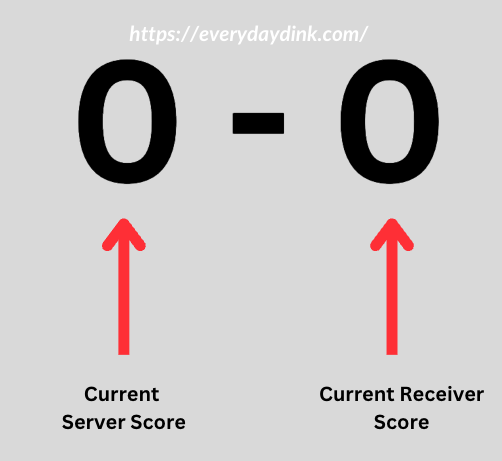
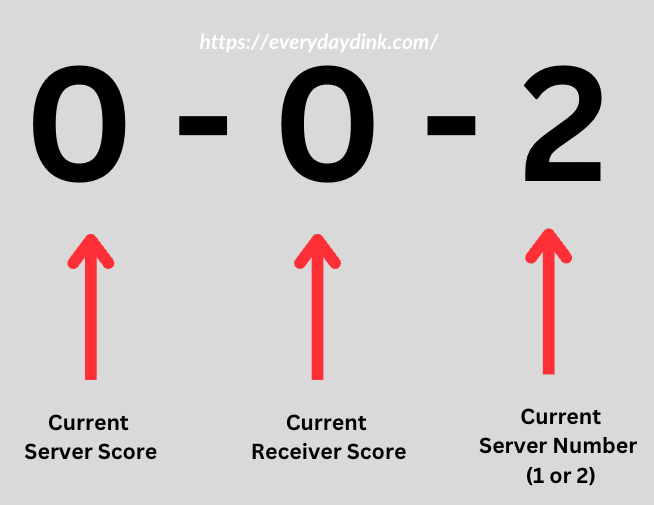
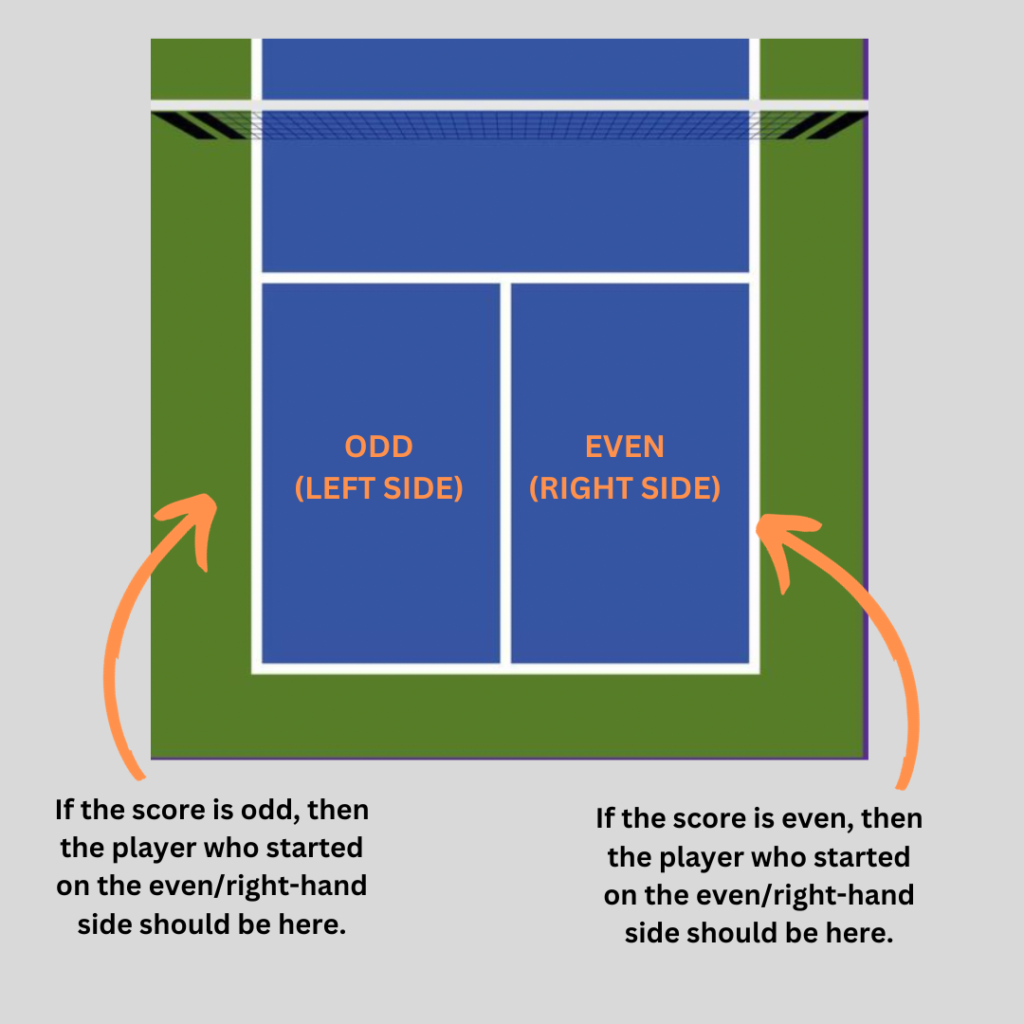
We hope you found this complete guide on how to play pickleball useful. With it’s simple equipment and relatively straightforward rules, pickleball is a great sport for beginners and seasoned plates alike.
So, grab your paddle, step onto the court, and get to pickling!
Pickleball originally started as a children’s backyard game that combines elements of tennis, ping pong, and badminton. Fast forward to today, it’s become the fastest growing sport in the United States. In fact, there’s even a national pickleball day, which is celebrated each year in the US on August 8th.
Just like any other sport, going pro in pickleball requires a lot of practice, technical skill, and competition. You can increase your chances of getting rated by joining a pickleball club, attending coaching clinics (or getting a coach), and consistently playing in tournaments.

Looking for the best pickleball team names in 2024? Click here to get our ultimate list of 40+ fun and exciting pickleball team names!
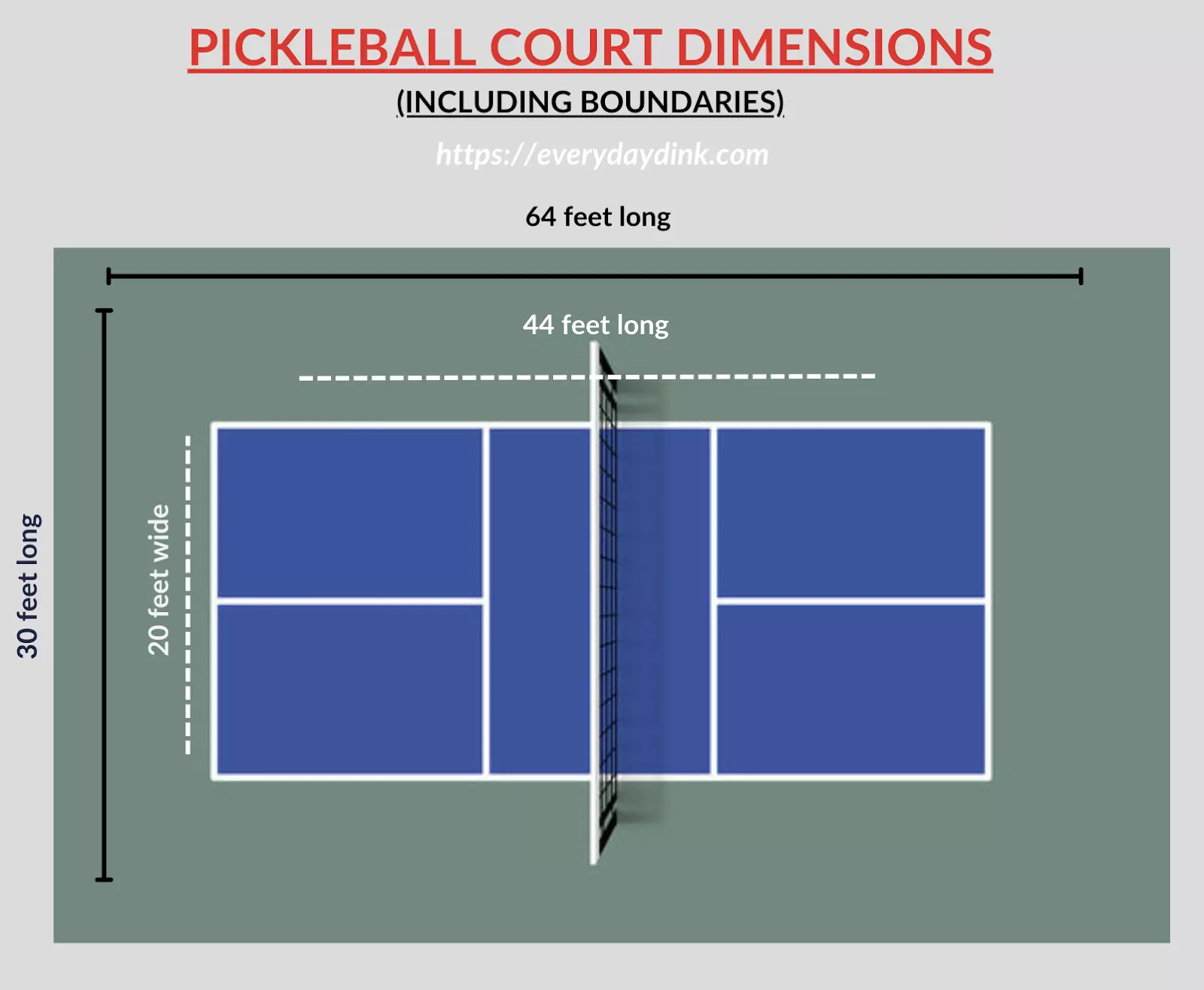
Click here to get a full breakdown of pickleball court dimensions, and how you can set up your own pickleball court with ease!
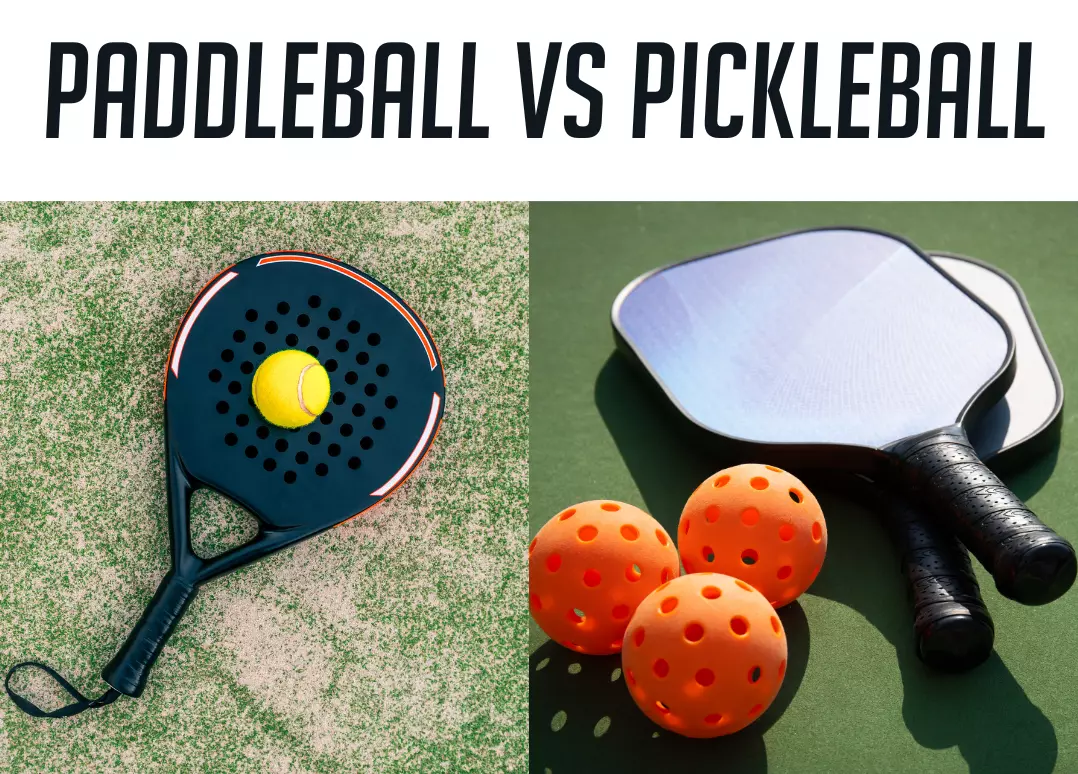
Are paddleball and pickleball the same or different? Click here to get the full paddleball vs pickleball breakdown!